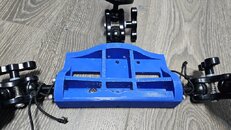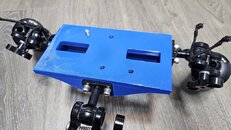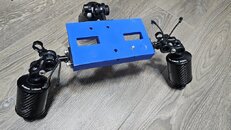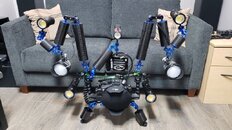EngageUnderwater
New
Hi all,
I'm new to the forum, but have lurked/read plenty of threads over the past few years I've been a diver. A couple of years ago, I started shooting (terrible) video with a GoPro (5), upgraded to a newer GoPro (11) and added some lights and filters, and sure enough...I started getting better results and became hooked.
After really enjoying the macro video during my trip to the Philippines earlier this year (Dauin), I decided that I had pushed my GoPro to about its limit. A couple of months ago, I went all in and bought a GH5s, housing (Aquatica AGH5), macro lens (Olympus 60mm f/2.8), +10 close-up lens (+ flip adapter - both Aquatica), and a tripod base. I've also got other accessories (focus gear, 2 x Backscatter MW-4300 video lights, Backscatter OS-1 snoot, lots of Ultralight arms and clamps, etc), and really the only thing I need now are floats (planning to set it all up and submerse/weigh it soon so I have an idea of what I need).
Here are some questions I've been pondering as I learn how everything works:
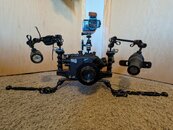
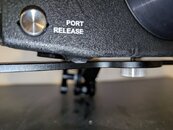
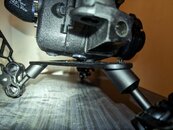
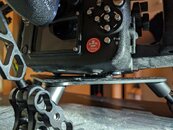
Captions:
I'm new to the forum, but have lurked/read plenty of threads over the past few years I've been a diver. A couple of years ago, I started shooting (terrible) video with a GoPro (5), upgraded to a newer GoPro (11) and added some lights and filters, and sure enough...I started getting better results and became hooked.
After really enjoying the macro video during my trip to the Philippines earlier this year (Dauin), I decided that I had pushed my GoPro to about its limit. A couple of months ago, I went all in and bought a GH5s, housing (Aquatica AGH5), macro lens (Olympus 60mm f/2.8), +10 close-up lens (+ flip adapter - both Aquatica), and a tripod base. I've also got other accessories (focus gear, 2 x Backscatter MW-4300 video lights, Backscatter OS-1 snoot, lots of Ultralight arms and clamps, etc), and really the only thing I need now are floats (planning to set it all up and submerse/weigh it soon so I have an idea of what I need).
Here are some questions I've been pondering as I learn how everything works:
- One of my biggest questions surrounds my tripod and how the housing secures to it. The housing doesn't sit flush on tripod base because the housing feet don't allow the T-bolts to screw all the way into the housing. The only place to secure housing to tripod base is the standard three holes, towards the front of the housing. This is fine when everything is level, but when I have the setup tilted forward (to capture a subject that is below the height of the lens, for example), the whole housing lifts up from the back of the tripod base. Now, maybe this is only an issue on land because it's all so heavy, but it seems like the tripod should be more secured to the housing. I've attached a couple of pictures to try and illustrate what I'm talking about. The tripod has a million holes and slots, but my housing only seems to have the three standard ones near the front. Any advice for how to keep the housing more secured to the tripod?
- The mini dome port that came with my housing package has a nice port cover and I found one for the flat port online. However, with the flip adapter and my close-up lens attached, it's kind of an awkward shape, and I don't really see a good cover for it. What are people using to protect their close-up lenses?
- The housing manual says to never use the focus gear while in autofocus mode. I plan to use manual focus mode for macro, but I'm curious about just how significant the risk is of messing up the motor is if I accidentally had it in AF mode and used the focus gear. Is it a "you do it once and the lens is hosed?" type of thing or a "it might happen if you do it too much" type of thing? While I'm using the camera daily to get used to it and playing with it in the housing regularly, too, I can imagine a scenario where I forget to switch to MF because I was using AF for something else prior to a dive.
- I bought some Inon carbon fiber tripod legs (size: M - Inon Carbon Fiber TelescopicInon Carbon Fiber Telescopic Arm & Tripod Leg - MArm - M), but they're pretty long, even when collapsed. Any tips for making them a little less unwieldy? After playing around with them, I think I'm just going to attach 5" or 8" UItralight arms to my tripod base instead - at least to start.




Captions:
- The new rig, as currently constructed
- The tripod base from the front-left. You can see one of the front feet as it touches the tripod base, and how it prevents the tripod from securing directly to the housing.
- The tripod base from the side. You can see how much separation the housing can get from the tripod base (please ignore all the dust on my shelf - I really need to clean that shelf!).
- The tripod base from the back.



